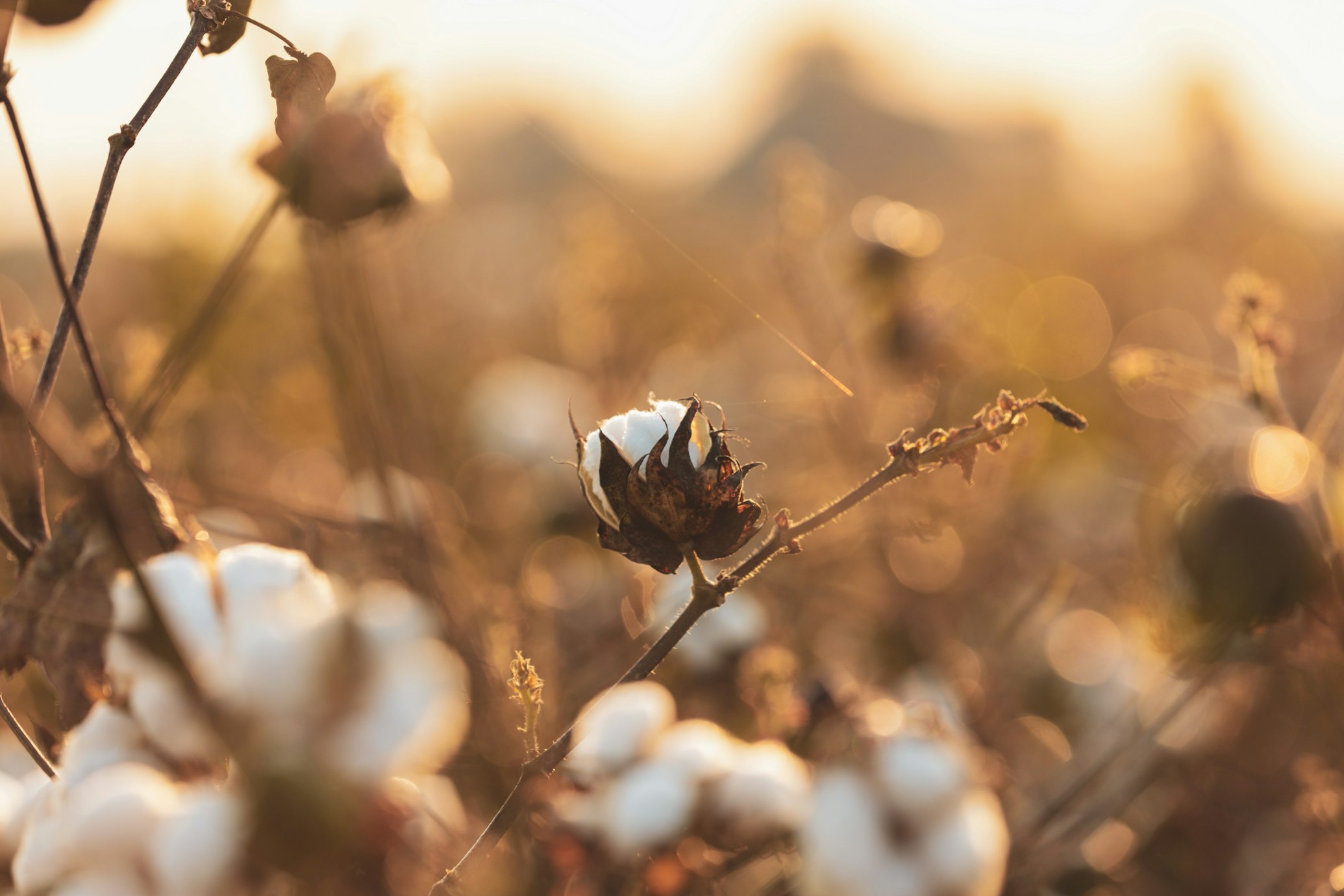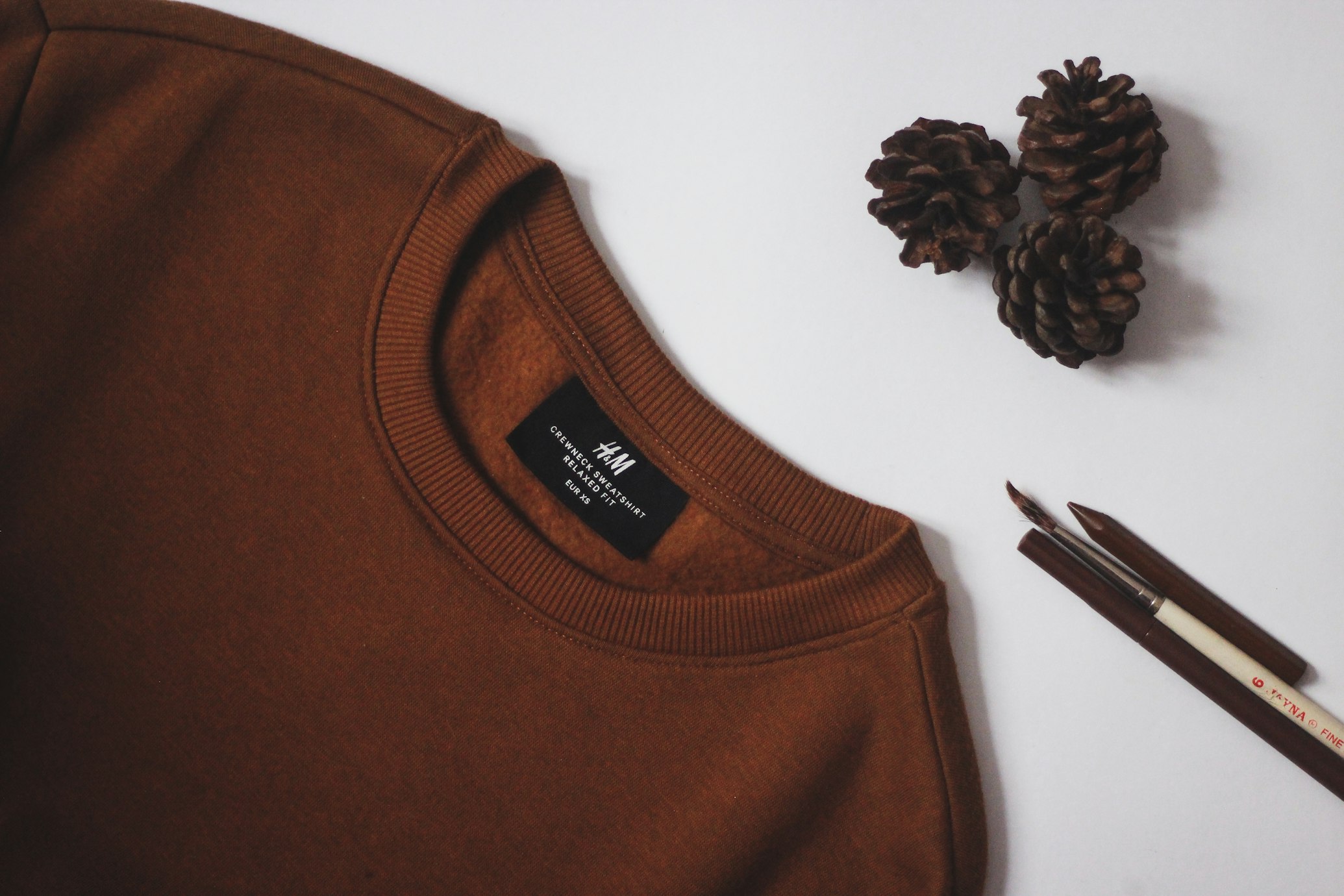Several global brands have made it a priority to adopt sustainably-sourced cotton to position themselves as trend-setters in terms of environmental protection and a disruptive and positive force in producing farming communities.
Brands are willing to engage in an honest dialogue about the origins of their fibers and other materials, which in turn builds consumer trust and loyalty. A
The effect of consumers on brands embracing organic trends is so great that companies are applying the same principles and techniques to fibers and materials such as recycled polyester, lyocell, and others.
Better Cotton
A pioneer member of the Better Cotton Initiative (BCI), the H&M Group has played an integral role in Better Cotton's growth. In 2018, the retailer earned Better Cotton's highest volume of organic cotton for the third year in a row. For the global retail giant, organic cotton is one of the most important materials in the H&M group. BCI played a key role in its goal to use only sustainably sourced cotton by 2020, according to Mattias Bodin, H&M Group’s Corporate Sustainability, Materials, and Innovation Expert.
Better Cotton Initiative (BCI) is a non-profit organization that trains cotton farmers on how to use water efficiently, care for natural habitats, reduce the use of harmful chemicals, and respect workers' rights. By sourcing cotton through BCI, H&M supports Better Cotton’s global initiative to maintain the demand for better cotton.
Thus, the H&M Group has been recognized as the number one company in sourcing more sustainable cotton including organic cotton, recycled cotton, and cotton sourced through the Better Cotton Initiative (BCI), and others.
The Group is also one of the world’s largest users of recycled materials that are Global Recycled Standard, such as recycled nylon, from old fishing nets, carpets, production waste, and recycled polyester. For example in 2019, H&M used enough recycled polyester equivalent to nearly 537 million PET bottles. Fully committed to using its size and scale to lead the way toward a more sustainable fashion future, H&M believes that it still has a long way to go to increase its use of recycled materials and commit to innovative materials.
As the group also intends to be climate positive by 2040, this goal aligns with that of Better Cotton to prioritize climate justice and the agricultural workforce.
Hitting Targets for 2030
The Group continues to work towards the goal of having all its materials recycled or more sustainably sourced by 2030. The challenge ahead is to increase the percentage of recycled fibers, mainly due to the lack of technology to make fabric recycling fully scalable.
The company is therefore actively investing in promising new fabric recycling technologies, such as circulose, which recycles fabrics with high cotton and viscose content into a cellulosic material that the fashion industry can use to make new virgin-quality garments.

